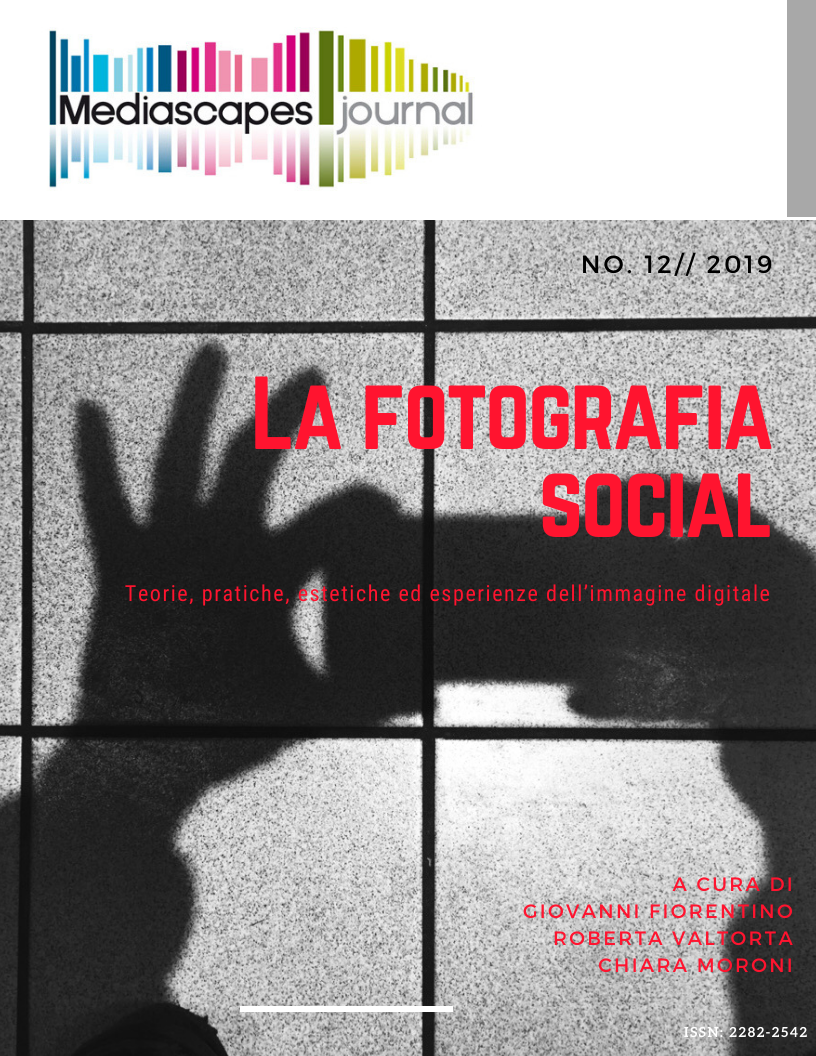Iconografia digitale contro il terrorismo. Le pratiche sociali all’interno del racconto visuale dopo gli attentati di Parigi del 2015
Keywords:
Collective Imagination, Terrorism, Social media, Bio-picture, Social PracticesAbstract
The terrorist attacks against Paris in 2015 marked a change in the representation of reality in relation to society. Analysing the shares on Italian social media it is possible to compose a specific collective imagination against terror, using photography as a primary source of socio-media work. One of the ways to deal with a trauma is undoubtedly the production of images, since this type of activity allows users of social networks to find a place for their selves in events and to reclaim the narrative individually. The iconographic sharing after the attacks shows that how the social media promote a form of action that has its own uniqueness and does not go against the commitment of individuals with respect to a collective mobilization. What emerges from the analysis of the images is a mix of bio-pictures, since they all had a great viral circulation and at the same time determined the formation of multiple images in the sphere of the collective imagination and mass consumption. This type of iconographic sharing has facilitated the construction of a collective emotion: users not only meet and talk about it, but creating communities, real conversational virtual spaces around some iconic acts, and build common cultural practices, in which to recognize oneself.
Downloads
Published
How to Cite
Issue
Section
License
Mediascapes Journal is published under a Creative Commons Attribution Licence 4.0.
With the licence CC-BY, authors retain the copyright, allowing anyone to download, reuse, re-print, modify, distribute and/or copy their contribution. The work must be properly attributed to its author. It should be also mentioned that the work has been first published by the journal Anuac.
Having published these contributions for the first time, Mediascapes Journal will have the right to publish them integrally or partially as reprints or possibly as part of a thematic issue, in both digital and printed format.
It is not necessary to ask further permissions both to author or the journal.


